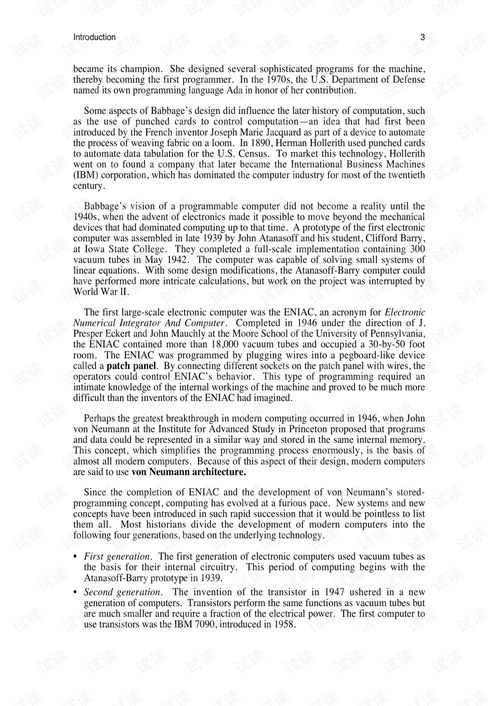Content:
Fishing is an art that requires patience, skill, and a deep understanding of the water and its inhabitants. One of the most crucial aspects of fishing is baiting, which can make or break your chances of catching a fish. If you're looking to improve your fishing game and want to learn how to quickly and effectively load your bait, you've come to the right place. Here are some expert tips and tricks to help you master the art of quick baiting techniques for fishing success.
Choose the Right Bait
The first step in quick baiting is selecting the right type of bait. Different fish species prefer different types of bait, so it's essential to know what your target fish likes to eat. Here are some popular bait options:
- Live Bait: Worms, minnows, leeches, and crayfish are all great live baits that fish can't resist.
- Artificial Lures: Soft plastics, spinnerbaits, jigs, and crankbaits can mimic the movement of real prey and attract fish quickly.
- Dead Bait: Canned tuna, chicken liver, and cheese are effective dead baits that can be used in various fishing scenarios.
Prepare Your Bait
Once you've chosen your bait, it's time to prepare it. Here are some quick tips to get your bait ready for action:
- Live Bait: Keep your live bait lively by using a bait holder or a small plastic container with aeration. This will help maintain their natural movements and make them more appealing to fish.
- Artificial Lures: Inspect your artificial lures for any damage or wear. Replace any broken or worn-out parts to ensure they perform at their best.
- Dead Bait: Cut your dead bait into small, bite-sized pieces to increase the chances of a fish taking a bite.
Master the Baiting Technique

The way you present your bait can significantly impact your fishing success. Here are some quick baiting techniques to try:
- Drop Shot Technique: This method involves dropping your bait vertically and twitching it gently to mimic the movement of a struggling prey. It's effective for catching fish around structure or in deeper water.
- Carolina Rig: This rig involves attaching a sinker, a swivel, and a leader to your line, followed by your bait. It's great for covering a lot of water and can be used with various types of baits.
- Texas Rig: This rig involves placing a weight on your line, a swivel, and a leader, followed by your bait. It's perfect for fishing in grassy or rocky areas and can be used with soft plastics or live bait.
Keep Your Equipment Ready
To bait quickly and efficiently, you need to have your equipment in order. Here are some tips to keep your fishing gear ready:
- Keep your tackle box organized and well-stocked with the necessary tools and materials.
- Use a baitcasting rod and reel with a smooth drag to prevent snags and tangles.
- Have a variety of hooks and sinkers on hand to accommodate different bait types and fishing conditions.
Practice Makes Perfect
Like any skill, quick baiting takes practice. Spend time practicing your baiting techniques in different environments and with various baits. This will help you become more proficient and increase your chances of catching fish.
Learn from Others
Observing and learning from experienced anglers can be invaluable. Join fishing clubs, attend workshops, or simply ask for advice from fellow anglers. You'll be surprised at how much you can learn from those who have been fishing for years.
In conclusion, mastering the art of quick baiting techniques can significantly improve your fishing experience. By choosing the right bait, preparing it properly, using effective baiting techniques, keeping your equipment ready, practicing, and learning from others, you'll be well on your way to becoming a more successful angler. So, get out there, experiment with these tips, and enjoy the thrill of the catch!












